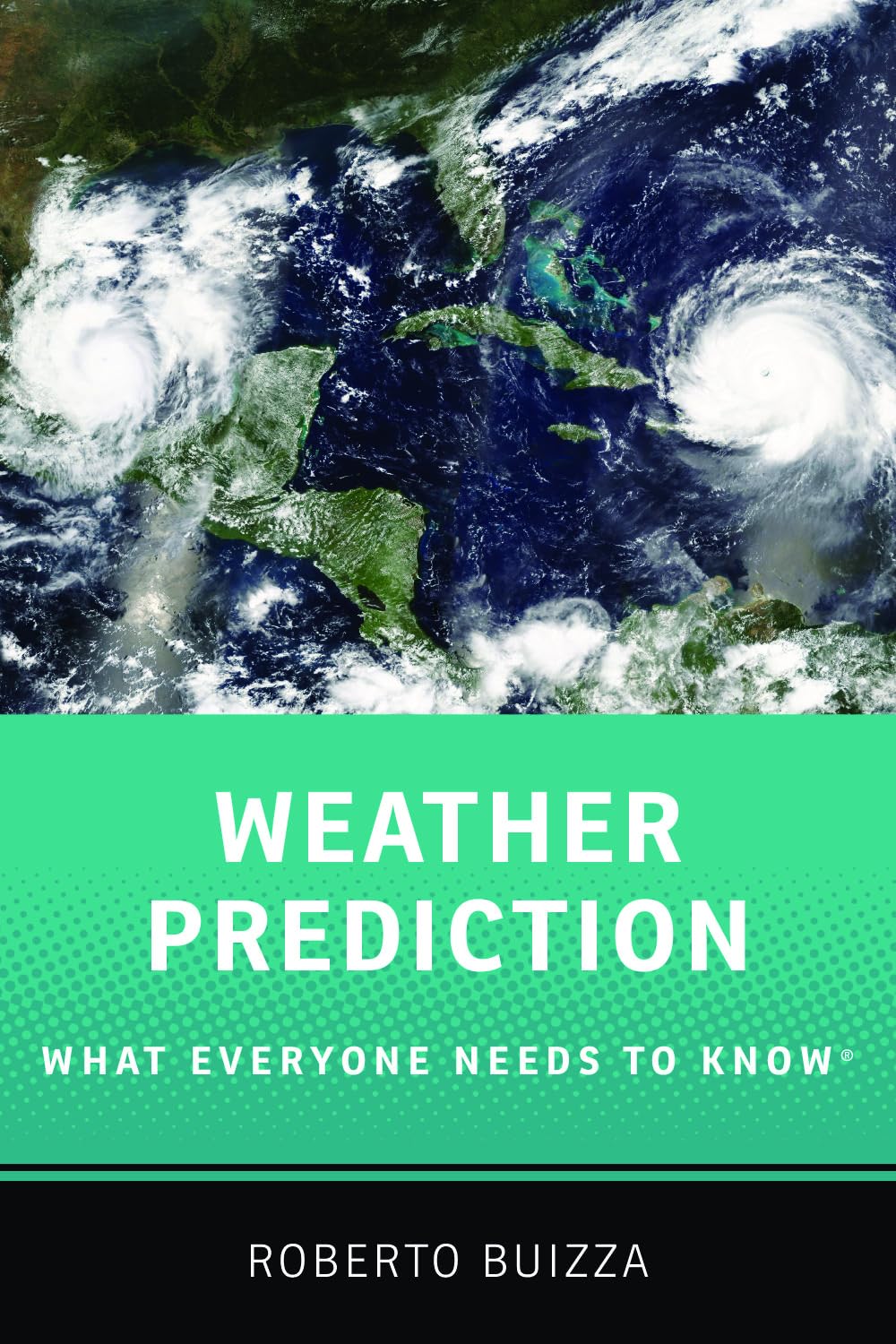
Categorii: Necatalogate, Neclasificate
Limba: Engleza
Data publicării: 2023
Editura: Oxford University Press
Tip copertă: Paperback
Nr Pag: 354
Colectie: What Everyone Needs To Know
ISBN: 9780197652121
Dimensiuni: l: 14cm | H: 21cm | 1.7cm | 354g

Weather has always affected human life. Understanding how weather events form and predicting what kind of weather is coming can help enormously to manage weather-risk and will become even more important as we shift towards strongly weather-dependent energy sources. Some big steps forward in numerical weather prediction have been made in the past 40 years, thanks to advances in four key areas: the way we observe the Earth, the scientific understanding of the phenomena, advances in high-performance computing (that have allowed the use of increasingly complex models), and improved modelling techniques. Today we are capable of predicting extreme events such as hurricanes and extra-tropical windstorms very accurately up to 7 to 10 days ahead. We can predict the most likely path and intensity of storms before they hit a community, estimate the confidence level of the forecast, and can give very valuable indications of their probable impact. Larger-scale phenomena that affect entire countries, such as heat or cold waves, periods with extremely high or low temperatures lasting for days, can be forecast up to 2-to-3 weeks before the events occur.